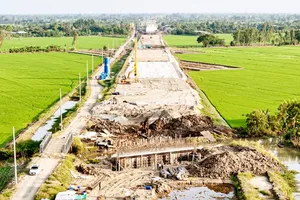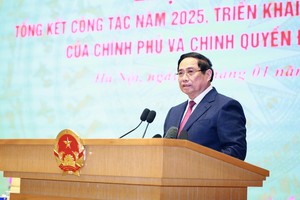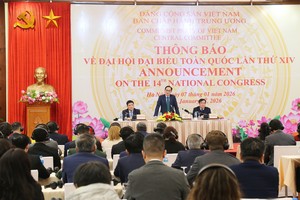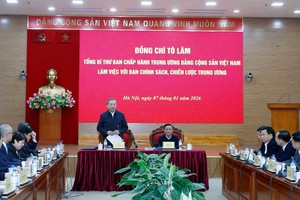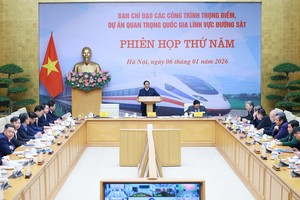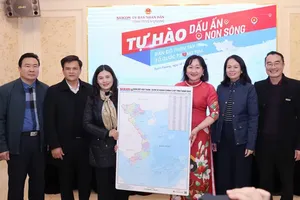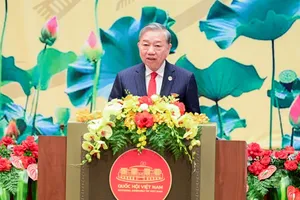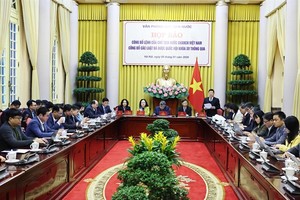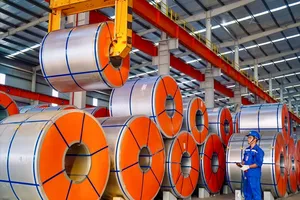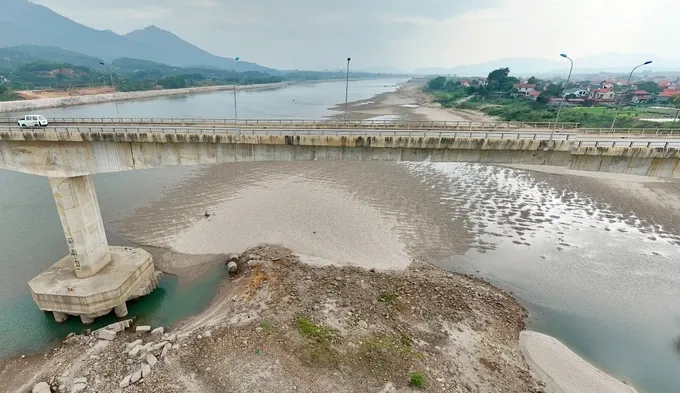
Vietnam Electricity (EVN) updated the status of hydropower reservoirs until February 19 that the water flow to Tuyen Quang reservoir was only about 189m3/second (while the discharge flow must be 607m3/second via electricity generation to supply irrigation water for the downstream area). The figures for Lai Chau, Thac Ba, and Hoa Binh reservoirs were 56m3/second, 65m3/second, and 282m3/second respectively.
The Electricity Regulatory Authority of Vietnam (under the Ministry of Industry and Trade) also informed that since the beginning of February, many hydropower reservoirs have been receiving 48-98 percent of the average water volume for other years.
Meanwhile, all Northern reservoirs under the charge of EVN have already finished the first round of water discharge (at 1.89 billion cubic meters) to the downstream area for the Winter-Spring rice crop. The second round should end on February 21 to have the total discharge amount of 3.5 billion cubic meters.
Aware of this water shortage challenge due to extremely low precipitation in the Northern region, suitable measures to save both water and electricity as well as timely regulating water flows between neighboring regions should be exercised. Accordingly, the water discharge in hydropower reservoirs with already low water levels will be carefully calculated, while those in the Central and Southern regions will be mobilized to help alleviate the situation.
Simultaneously, related state agencies and localities must propagandize electricity saving methods. The National Load Dispatch Center and the units to operate hydropower reservoirs must strictly monitor the actual hydrological situation to flexibly and promptly regulate electricity load in order to answer the peak demand of electricity use in all three regions of the country.
Finally, the Ministry of Industry and Trade proposes that investors of existing coal-fired power plants actively work with coal suppliers to ensure sufficient materials for smooth operation. the National Load Dispatch Center must consider maximizing the mobilization of renewable energy while still maintaining safe operation. When necessary, oil sources will also be mobilized to meet the load demand.

